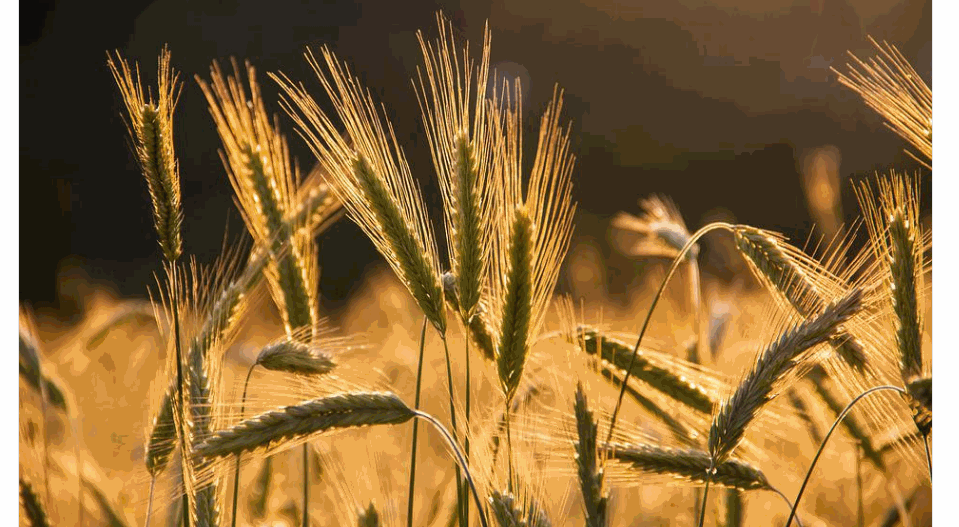Biofuels will only exacerbate the food crisis affecting Europe and the world. In the meantime, the leadership of the European Union was trapped by the lobby of the large companies producing biofuels, which take advantage of the Union's ill-considered energy policy.
An amount of wheat equivalent to 15 million loaves of bread is burned daily in Europe as biofuel, according to a report by the environmental protection organization Transport and Environment (TE). TE emphasizes that the cultivation of plants required for the production of biofuels already occupies five percent of the continent's farmland. If the production of biofuels were to be reduced by twenty percent in the European Union, so much plant food raw materials would be released that would be able to compensate for the lost imports from Ukraine, they concluded.
In light of these, the organization calls the attitude of biofuel companies, which use the current situation to lobby for the EU to replace Russian oil imports with the fuels they produce, as immoral and cynical. They emphasize in their analysis that this is impossible in practice. According to their calculations, if Brussels were to choose this solution, more than one hundred percent of the currently cultivated European farmland would have to be used for the production of raw materials for fuels, which means that even more areas would have to be brought into cultivation.
TE reminds that the production of biofuels – ethanol, biodiesel and biogas – requires either vegetable raw materials – including corn, wheat – or vegetable oils. The analysis also points out that there is not enough waste for green waste-based fuel production to be a serious alternative to fossil fuels.
It also addresses the two important aspects that the EU needs significant imports of raw materials for the production of biofuels, especially in the case of biodiesel, where it does not have significant domestic production. In addition, the EU also needs to import finished biofuels, in 2020 it imported 14.6 percent of biodiesel and 14.4 percent of ethanol, according to TE's analysis.
The full article of Magyar Hírlap can be read here.
Author: Zoltán Pataki
Image: Pixabay













